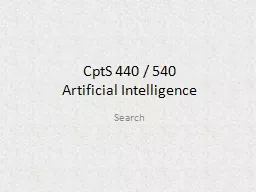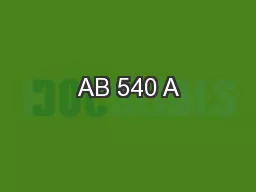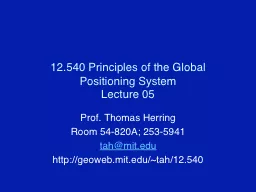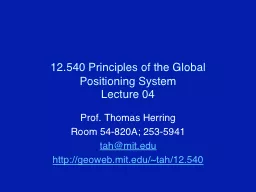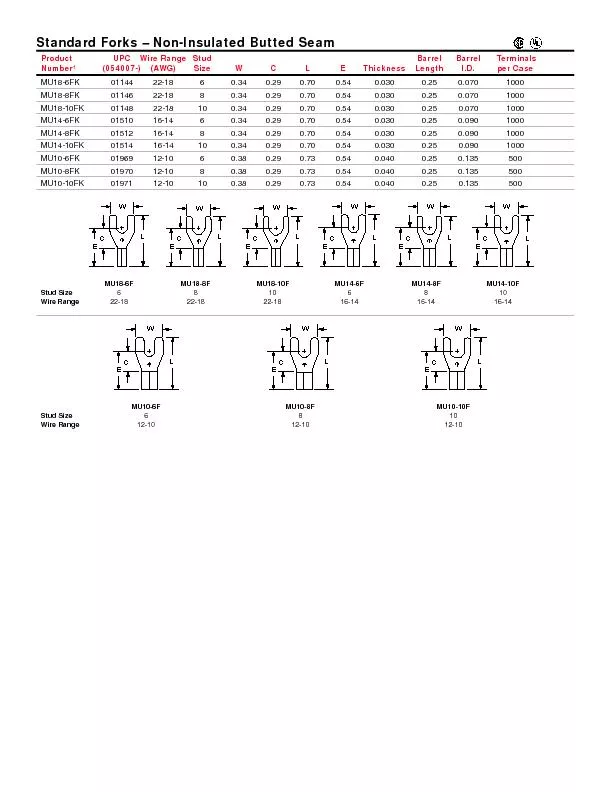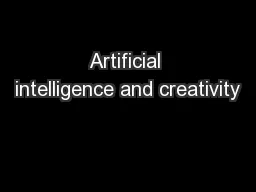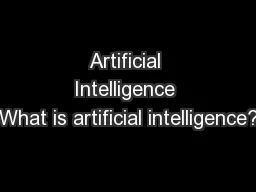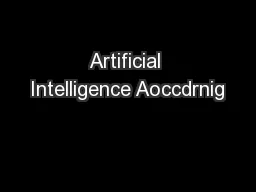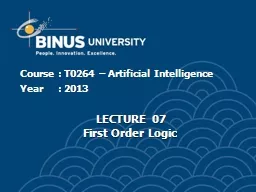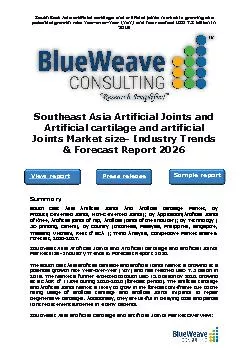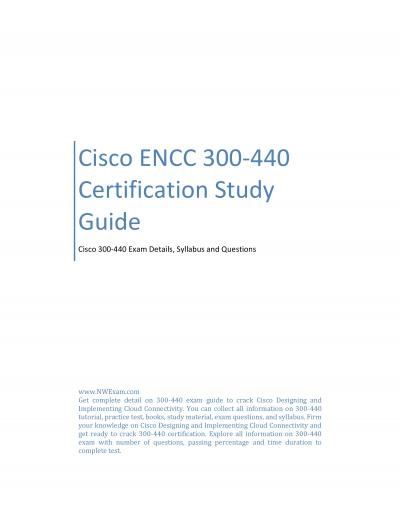PPT-CptS 440 / 540 Artificial Intelligence
Author : alexa-scheidler | Published Date : 2018-11-04
Search Search Search permeates all of AI What choices are we searching through Problem solving Action combinations move 1 then move 3 then move 2 Natural language
Presentation Embed Code
Download Presentation
Download Presentation The PPT/PDF document "CptS 440 / 540 Artificial Intelligence" is the property of its rightful owner. Permission is granted to download and print the materials on this website for personal, non-commercial use only, and to display it on your personal computer provided you do not modify the materials and that you retain all copyright notices contained in the materials. By downloading content from our website, you accept the terms of this agreement.
CptS 440 / 540 Artificial Intelligence: Transcript
Download Rules Of Document
"CptS 440 / 540 Artificial Intelligence"The content belongs to its owner. You may download and print it for personal use, without modification, and keep all copyright notices. By downloading, you agree to these terms.
Related Documents

